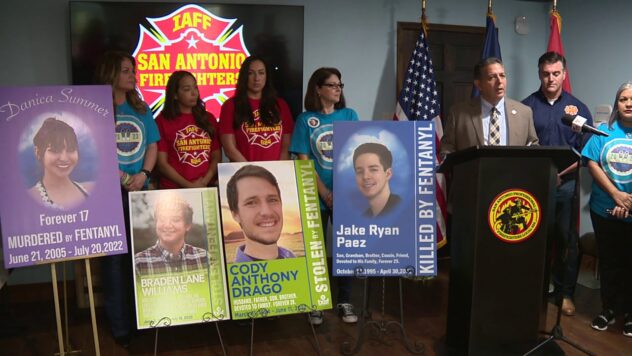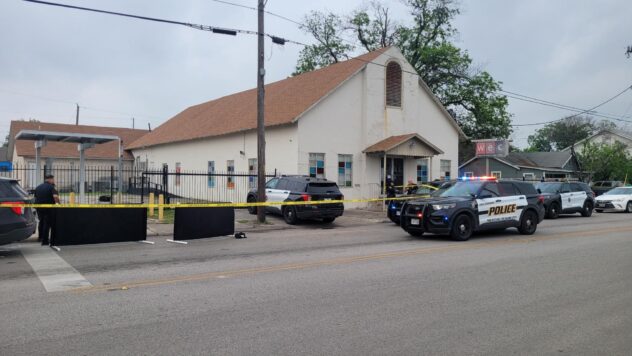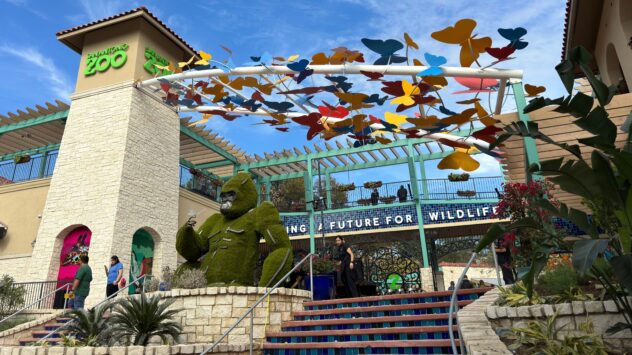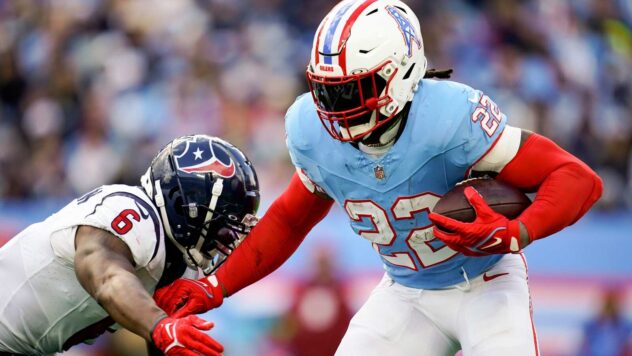Farmers work to keep livestock alive as drought drains Texas resources dry
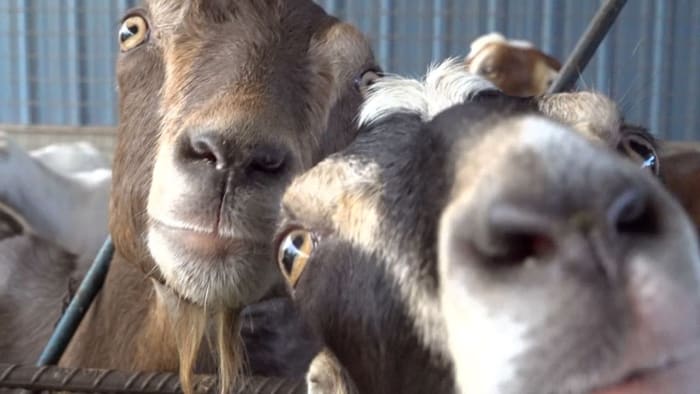
NEW BRAUNFELS, Texas – No goat goes unnamed at the Goatalicious in New Braunfels.
“We had one named flower, and then we had Petunia and Roses,” Robert Ragels, the owner of Goatalicious, said. “There was one year we had all Harry Potter names.”
The dairy farm has around 150 goats. With the extreme heat and ongoing drought, Ragels said he’s working overtime to keep his goats and his business healthy.
“We have to make sure that they hydrate, make sure that everybody is healthy and get them through the hottest part of the day,” Ragels said. “We’re small enough where we can keep an eye on all the animals. If we were like a 5,000 animal dairy, we would have animals that would die.”
Hot summers are no surprise for most Texans. Ragels said he designed his farm with high temperatures in mind, building outdoor facilities with a lot of shade and airflow and the milking machines in an air-conditioned room.
Ragels said he also imports all of his hay from Kansas.
“I can’t get the feed that we need here in Texas,” Ragels said. “It’s a lot more expensive for sure.”
But Gary Joiner, the director of communications of the Texas Farmer Bureau, said grass in Texas isn’t growing to keep up with the statewide farming industry.
“You’ll hear Texas ranchers sometimes say they are grass farmers before they say they are livestock producers because it all begins with grass,” Joiner said. “Water is very precious. So when you’re out of it, that’s when you have hard decisions to make. On the livestock side, maybe you have to liquidate a herd because no water is available.”
Ragels said because of high demand, the cost of importing his hay is thousands of dollars higher than usual, making the cost of farming that much more difficult.


